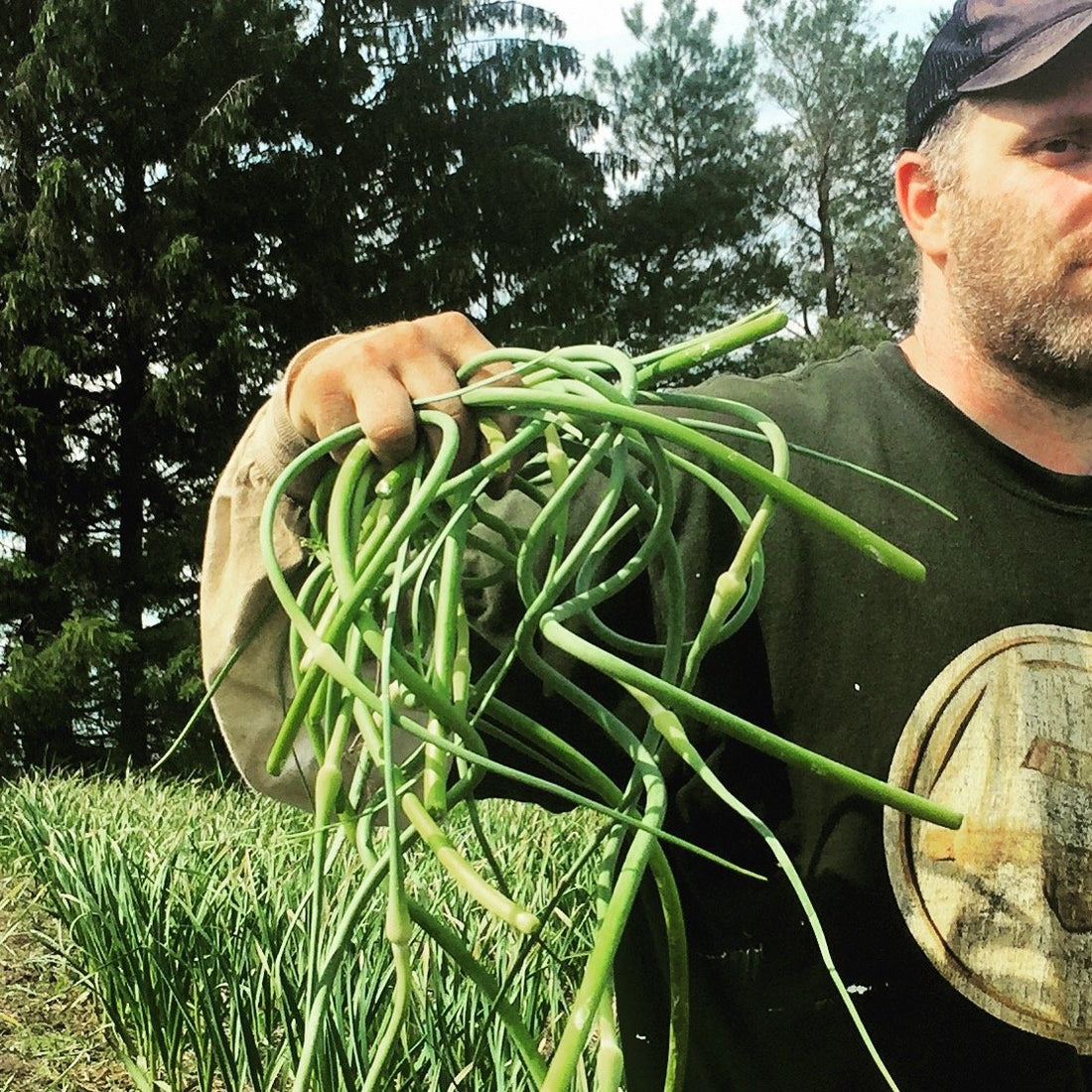
How to Grow and Harvest : Beans
Green bean plants come in two varieties, pole and low standing bush. Before planting, make sure you know which type you have purchased. Most varieties of string beans are green but you may also come across yellow, purple and sometimes even red.
Bush VS. Vine:
Bush beans tend to grow faster and mature all at once. These plants require much less maintenance, but will typically only provide you with one large yield per season.
Vine beans tend to take longer to mature, but once they do they will keep supplying you with beans for the rest of the season. They are also more disease resistant because of their distance from the ground, avoiding many pests.
Growing:
Green beans are quite easy to grow, and what’s great about them is how many beans they will produce off of one single plant. Pole beans will require some sort of support structure to allow them to grow vertically in your garden. You will get the best results with your bean plants if they have access to full sun exposure. Some green bean plants will stop flowering when the heat is too strong in the middle of the summer, be sure to provide additional water to get the highest yield and encourage more flowering. If you have a partially shaded area in your garden, you may want to plant your beans there but this will make them more susceptible to disease. You should regularly remove any weeds that may disturb your plant, but be sure to avoid the areas that may affect the shallow roots of the bean plant.
Once the bean vine has reached the top of the support structure you are growing it on, pinch off the top of the vines. This will signal to the plant to stop growing its vines upwards, and start putting its energy into growing beans.
Watering:
This plant requires 1.5 -2 inches of water per week depending on how much sun it has received, and how hot the weather is. Try your best to supply water directly to the root of the plant, and if you notice your bean plant has stopped flowering, it most likely needs to be watered. Try your best to water in the morning on sunny days to allow the plants to dry gradually throughout the day, doing this will help protect against disease.
Pests/Diseases:
The top pest for green beans is the Mexican Bean Beetle - these bugs will eat not only the flowers but also the beans and the leaves. If you notice bits missing from the leaves of your bean plant, you may have beetles.
Another pest that may frequent the base of your plant is the slug - because of the damp cool soil around the base of the plant slugs are attracted to it and will begin to eat the base. Do your best to keep your plants dry by spreading out the vines and ensuring good air circulation.
Harvesting:
The more you pick, the more you get. Harvesting your green beans should be an ongoing process, picking them as you see them mature. Doing this will allow the plant to immediately put its energy into another bean growth. You will know the bean is ready to be picked once it has reached about the width of a pencil, and can be sharply snapped in half with your fingers. If you do not remove your bean from the plant in time, the bean may harden and will no longer be delicious! Harvest your beans by gently pulling them off of the vine, of snapping them off of the vine end. Bush beans will begin to develop much faster than vine beans because the vines must be fully established before the plant will begin to sprout beans.
Did you know that eating raw green beans is toxic? Don’t worry, the amount is not high enough to affect you, but if you pick your green bean right off of the plant and eat it raw you’re actually eating a little bit of poison. There are concentrations of toxins built up in the seeds, and cooking the bean breaks down these chemical bonds. Green beans contain amazing vitamins for you as well, including those that prevent diabetes, cancer and cardiovascular disease.
If you like to have your green beans still crunchy, I suggest steaming them for about 4-5 minutes and serving them that way.